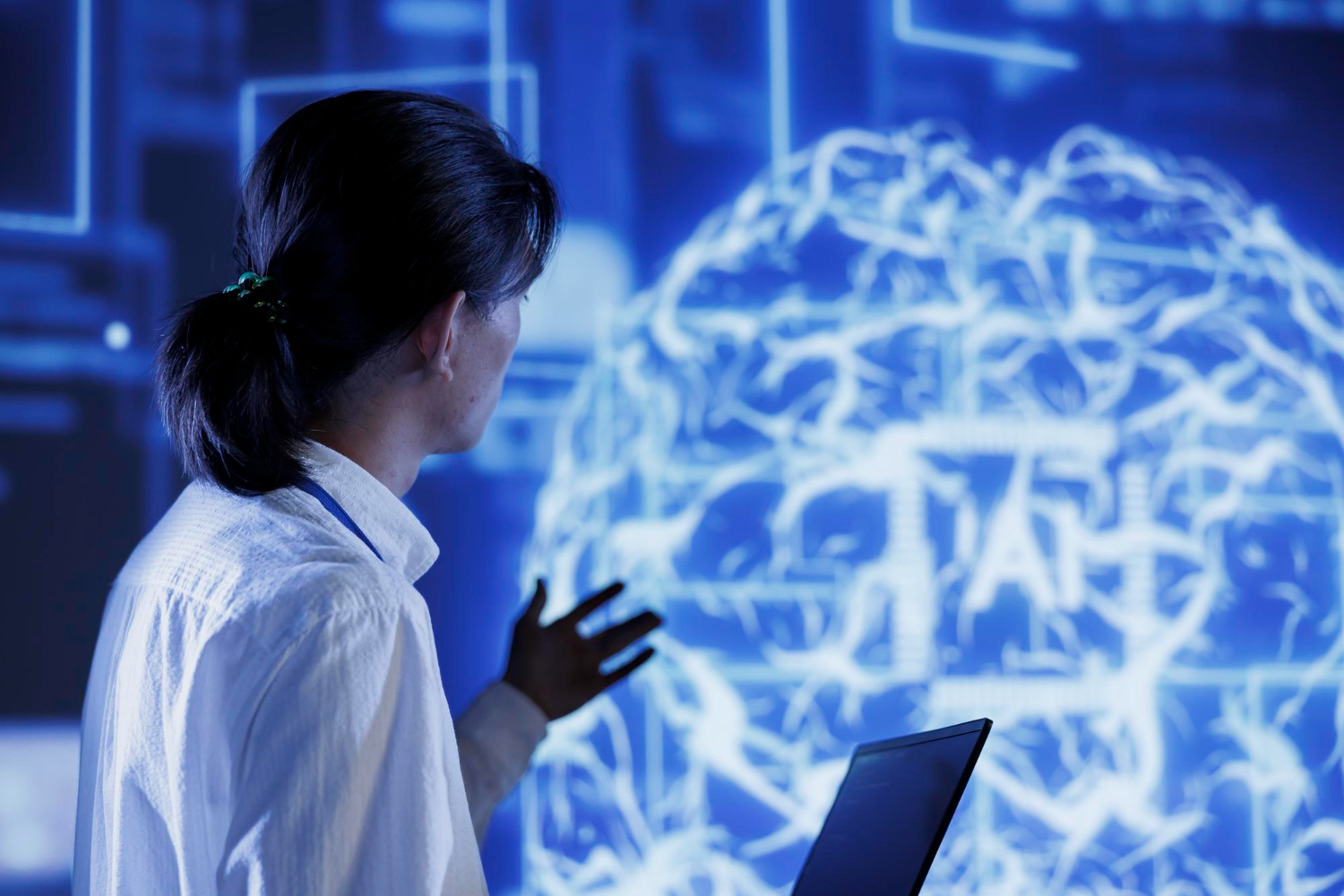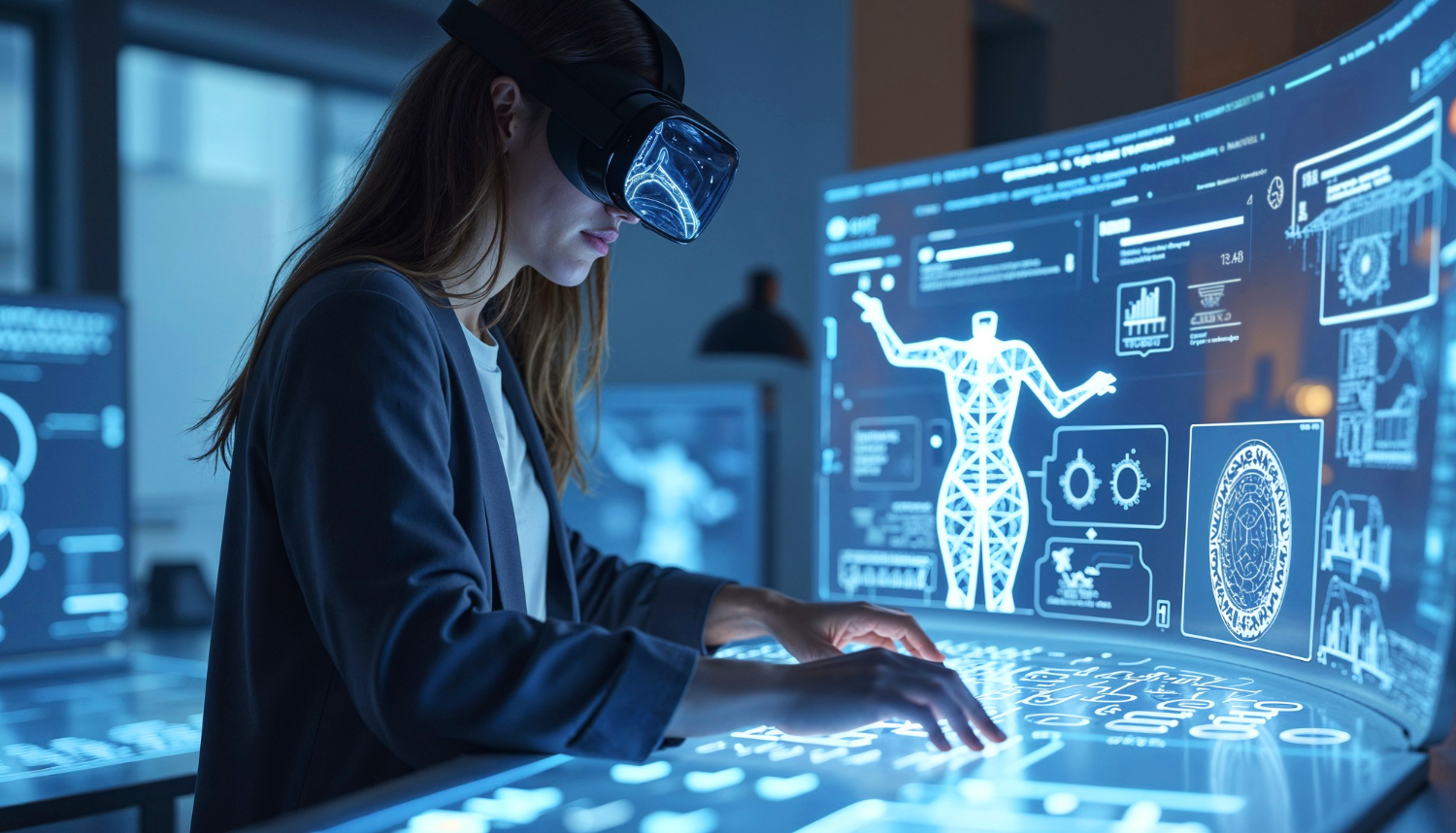Introduction
Envision yourself standing amidst crumbling ruins, their stories silenced by time. Or picture rows of dusty artefacts in glass cases, yearning to share their secrets. This is the reality of much of our cultural heritage – locked away, inaccessible, and struggling to entice the modern audience.
However, the advent of technology shines a ray of hope. These ruins can be revitalised through comprehensive virtual tours, and their silent whispers can be resonated in your VR headset. AI can help make these artefacts disclosed in 3D scans, their complex details available to anyone, anywhere.
This is the transformative potential of advanced technology in cultural heritage tourism - unearthing the past, captivating the present, and influencing the future.

The Challenges Before Us
Cultural institutions across the globe face a multitude of challenges:
Declining Visitor Count
With competition from diverse entertainment options, enticing and retaining visitors, especially younger generations, becomes increasingly difficult.
Limited Access
Language barriers, physical limitations, and geographical distance often exclude a large portion of the population from experiencing cultural marvels.
Static Presentation
Traditional exhibits can appear dull and fail to spark the curiosity and imagination of today’s audiences.
Conservation Challenges
Protecting delicate artefacts from harm and ensuring their longevity for future generations remains a constant concern.
AI as the Saviour!
AI breathes new life into cultural heritage, creating bespoke journeys, shattering language barriers, and immersing visitors in history through VR, all while safeguarding the past through digital preservation.
How is AI Enhancing the Experience for Visitors
Personalization Powerhouse
Advanced technology can enable you to step into a museum, where your art cravings are anticipated. AI-powered assistants, fueled by NLP, engage in conversation and understand your artistic views. With this information, it uses Generative AI to curate a personalised tour, recommending exhibits and hidden gems that align with your passions. The Cooper Hewitt, Smithsonian Design Museum, is testing AI-powered chatbots for such interactive engagement.
Smart Tours Made Easy
Step beyond the glass cases and immerse yourself in history with Computer Vision and GPU acceleration.
Just hold up your phone at a Roman ruin, and instantly see it digitally restored to its former glory. Or imagine donning an AR headset to walk alongside ancient Egyptians, witnessing their daily lives brought to life through interactive overlays.

This captivating experience is implemented at Pompeii’s archaeological site by the Open Heritage Project, along with 26 other such sites across 18 countries. It fosters a deeper understanding and emotional connection with the past, proving that history can indeed come alive. (Richardson, 2022)
Seamless Multilingual Access
Language barriers no longer impede cultural exploration. NLP powers real-time translation tools, instantly transforming museum exhibits into multilingual experiences.
With AI by your side, you just need to point your phone at an inscription and see its translation appear seamlessly on your screen. Interactive audio guides narrated in your native language further enrich the experience.

This technology, adopted by the Manchester Museum, fosters inclusivity and ensures everyone can access the stories held within its walls.
Bonus: Enhanced Customer Engagement with Chatbots
Are museum websites stuck in the past? Here comes the friendly AI chatbot buzzing around social media! Curious about upcoming exhibitions, hidden gems, or even accessibility options? Just ask!
The NLP-powered bots chat naturally, recommending must-sees based on your interests and igniting your cultural spark.

The Metropolitan Museum of Art’s innovative approach fosters a vibrant online community, keeping everyone engaged and excited for their next cultural adventure. (Sands, 2020)
How AI is Ensuring History’s Future
From fragile treasures to hidden truths, AI takes care of the past, making sure its legacy endures.
3D Preservers
3D scanning technology can capture the shape, colour, and texture of artefacts, and create accurate and detailed digital models that can be stored, shared, and studied online.
Computer vision algorithms can process the data and reconstruct the 3D models, which can also reveal the internal structure of the artefacts.
As an example, the Smithsonian Institution’s Digitization Program creates 3D models of millions of artefacts from its collections and allows researchers and the public to access and explore them online. (Rossi, 3D digitisation with the Smithsonian Institution)

Authentication Allies
AI algorithms can analyse the features and patterns of artworks and artefacts, and compare them with known originals or databases, to identify and verify their provenance and authenticity.
Machine learning techniques, such as deep learning or computer vision, can extract and classify the characteristics of an artwork or artefact, such as the style, brushstrokes, colours, materials, or signatures.
These characteristics can then be matched with existing records or images, or used to generate a unique fingerprint or barcode.
Using such technology, we can develop a system to detect and prevent art trafficking, by scanning online platforms and cross-referencing the images and descriptions with databases of stolen or missing items.
Discovery Detectives
AI can process and interpret vast and diverse datasets of historical documents and artefacts to uncover hidden connections. This will open windows to new discoveries related to the past that will help us see history from a different perspective.
NLP and machine learning techniques, such as text mining, sentiment analysis, or topic modelling, can extract and understand the meaning, context, and sentiment of historical texts, such as manuscripts, letters, or newspapers.
Machine learning techniques, such as clustering, classification, or recommendation systems, can find patterns, similarities, or differences among historical documents and artefacts, and suggest new links or hypotheses.

The University of Alberta is using AI to analyse historical texts and identify previously unknown cultural links between geographically faraway places, by processing and comparing thousands of texts from different languages, regions, and periods. (Pascoe, 2020)
IoT Edge Guardians
IoT sensors and edge computing can help monitor the condition of artefacts and environmental factors, such as temperature and humidity, that can affect their preservation. IoT sensors are devices that can measure and transmit data, such as light, sound, motion, or temperature, over the internet.
Edge computing is a process of performing data processing and analysis at the edge of the network, near the source of the data, rather than in a centralised cloud server.
This can reduce latency and bandwidth requirements, and enable real-time decision-making and action.
For example, the historical site of Hampi in India can use a network of IoT sensors and edge computing to monitor the condition of ancient monuments and sculptures and alert the authorities if any changes or damage are detected.
Democratising Access with VR/AR Museums

Want to explore the ancient wonders of Machu Picchu or dive deep into the vibrant coral reefs of the Great Barrier Reef – all from the comfort of your living room? Well, this isn’t a fantasy, but a reality within reach. Thanks to VR/AR museums powered by AI. These virtual spaces dissolve geographical limitations, offering immersive experiences that bring cultural heritage to life, regardless of your location or physical abilities.
Seeing the Unseen:
Through the magic of 3D scanning and AI-powered reconstruction, VR/AR museums transport you to distant historical sites. Thus, you can soar over the majestic ruins of Petra, feeling the cool desert wind on your virtual skin, or marvel at the intricate details of Michelangelo’s Sistine Chapel from inches away.
AI storytelling techniques weave engaging narratives, bringing these treasures to life and fostering a deeper understanding of different cultures and eras.
Accessibility for All:
VR/AR museums remove physical barriers, making cultural exploration truly inclusive. You can navigate the sprawling halls of the Palace of Versailles with ease, even if you have mobility limitations. AI-powered features like audio descriptions and sign language interpreters ensure everyone can enjoy the richness of historical narratives, regardless of their physical abilities.
Personalised Journeys:
Unlike their brick-and-mortar counterparts, VR/AR museums cater to individual interests. With this technology, you can put on a VR headset and embark on a personalised tour curated by AI algorithms. Whether you’re fascinated by Renaissance art or ancient Egyptian mythology, your virtual guide tailors the experience to your preferences, highlighting relevant exhibits and weaving connections across diverse collections.
Beyond Entertainment, a Call to Action:
VR/AR museums go beyond mere entertainment. Explore a virtual reconstruction of an endangered cultural heritage site, witnessing its beauty firsthand with VR. This immersive experience, powered by AI, raises awareness about preservation efforts and inspires action to protect these irreplaceable treasures for future generations.
VR/AR museums powered by AI aren’t just futuristic visions; they’re present realities democratising access to cultural heritage and fostering a deeper appreciation for our shared past. So, pack your virtual bags and embark on a journey beyond physical walls – the world of cultural exploration awaits!
What TechnoLynx can Offer
Beyond the buzzwords, beyond the hype – TechnoLynx delivers tangible solutions to unlock the transformative power of AI in cultural heritage.
We understand the unique challenges and aspirations of each cultural institution. Our expertise in Computer Vision, NLP, Generative AI, GPU acceleration, and IoT edge computing allows us to craft bespoke AI solutions that seamlessly integrate with your existing infrastructure and goals.
With TechnoLynx by your side, you can get:
- Personalised museum journeys tailored to individual interests, guided by Generative AI companions who learn and adapt.
- Enhanced AR/VR/XR experiences to a level of immersion that brings history to life, powered by our cutting-edge GPU acceleration.
- Real-time translation tools breaking down language barriers and making cultural treasures accessible to all, using NLP and Generative AI.
- IoT Edge Computing for your sensors, that silently guard the artefacts.
These are just glimpses of the possibilities. At TechnoLynx, we don’t just offer technology; we offer partnership. We work hand-in-hand with you, from initial consultation to implementation and beyond. Our team of experts provides continuous support and guidance, ensuring you get the most out of your AI journey.
We are your trusted co-pilots, navigating the exciting yet uncharted territory of AI in cultural heritage. We share your passion for preserving the past and inspiring the future. Together, let’s rewrite the narrative, not just for visitors, but for the very legacy we strive to protect.
Conclusion
History is calling you through the magical voice of AI. Its torch flickers, waiting to be reignited. The AR portals are ready to rise up Pompeii’s ashes and reveal the vibrant lives of those days. Cultural treasures around the world are welcoming you with open arms, as AI has dissolved all the barriers.
Immerse your visitors in personalised journeys, whisper stories through AR/VR experiences, and shatter language barriers – the future of cultural heritage is here, powered by AI.
Explore our solutions, designed to breathe life into your cultural canvas. Let’s collaborate, not just preserve, but paint a future where history isn’t just remembered, but re-lived, reimagined, and passed on as a living legacy.
Stay connected, and become a cultural artisan by scheduling a free consultation today. Discover how AI can transform your cultural masterpiece.
Remember, the past isn’t a museum exhibit, it’s a living story waiting to be told. Join us, and write your next chapter in the grand narrative of humanity.
References:
- Contributor, D. T. (2018, January 17). Dell Technologies Brandvoice: How technology is transforming the Museum Experience. Forbes.
- EU, V. N. (n.d.). A time travel to the ancient Pompeii thanks to the virtual reality: Pompeii discovery.
- Freepik. (n.d.). MacVector
- Hannah, P. by. (2021, March 12). The Multilingual Museum.
- LaBar, D. (2019, July 16). The Louvre revamps its digital strategy with help from Accenture Interactive to further enrich visitor experience. The Louvre Revamps Its Digital Strategy with Help from Accenture Interactive to Further Enrich Visitor Experience.
- Magazine, S. (2019, June 18). The Louvre’s first VR experience lets visitors get close to the “Mona Lisa.” Smithsonian.com.
- Pascoe, J. (2020, March 27). Using AI to uncover ancient mysteries. Faculty of Science, Ualberta CA.
- Richardson, J. (2022, August 11). How virtual reality is bringing historical sites to life. MuseumNext.
- Rossi, V. (n.d.). 3D digitisation with the Smithsonian Institution. FARO.com.
- Sands, R. (2020, April 7). Online culture abounds at the Metropolitan Museum of Art. Forbes.












